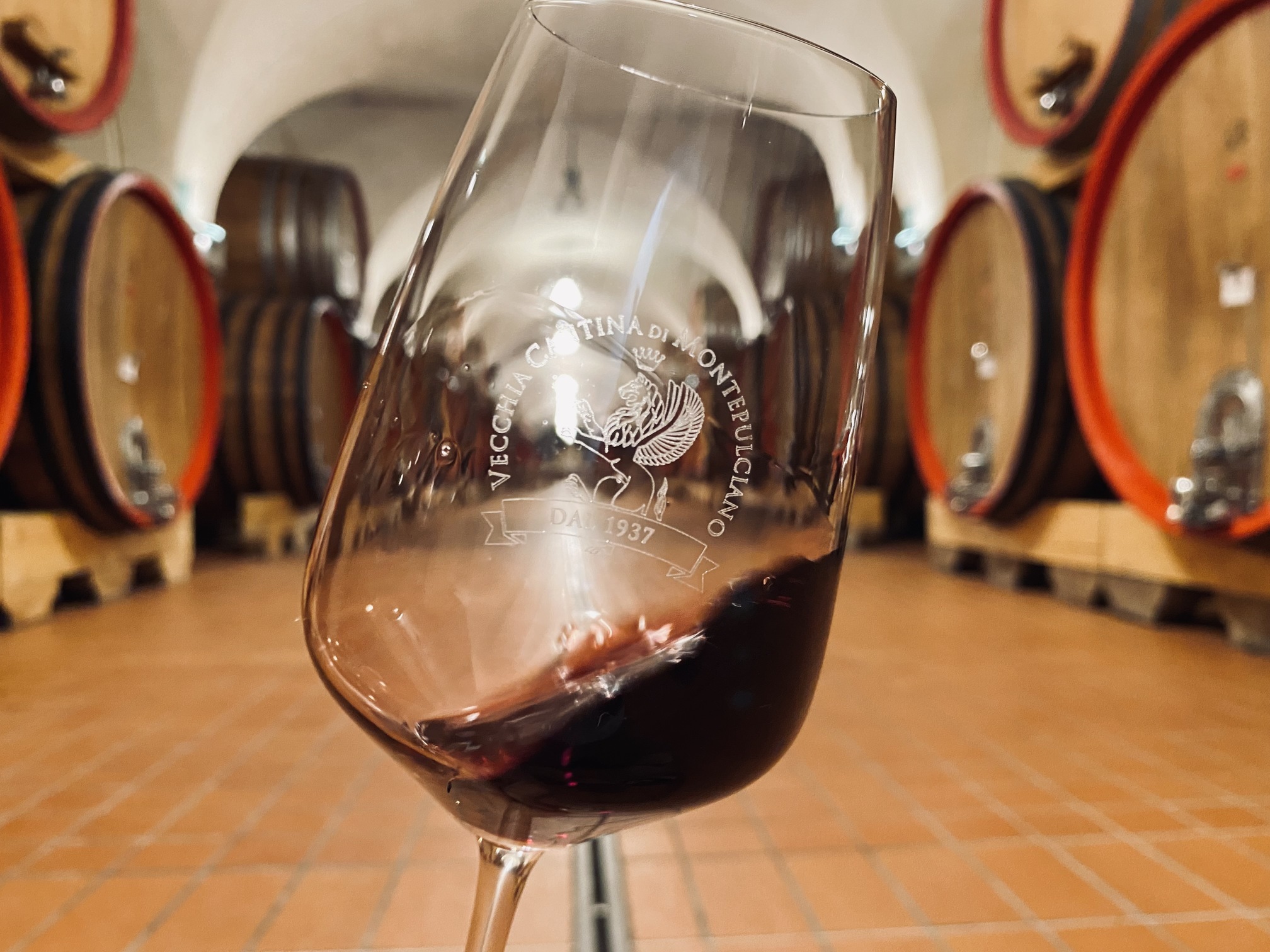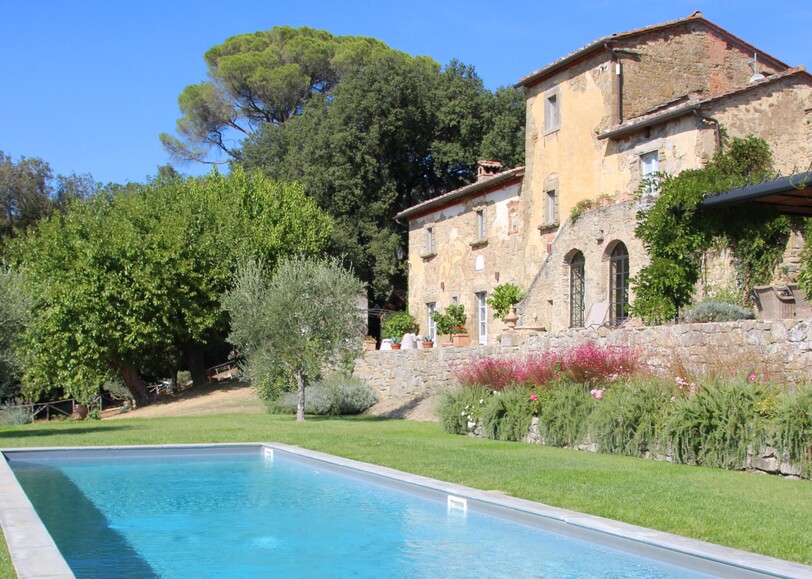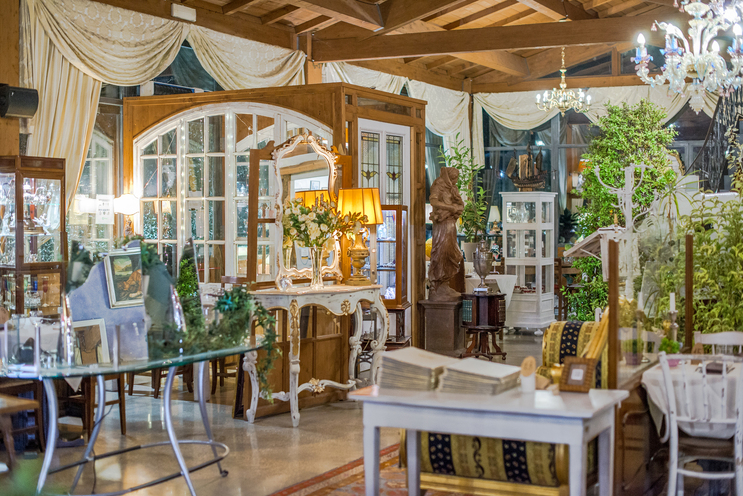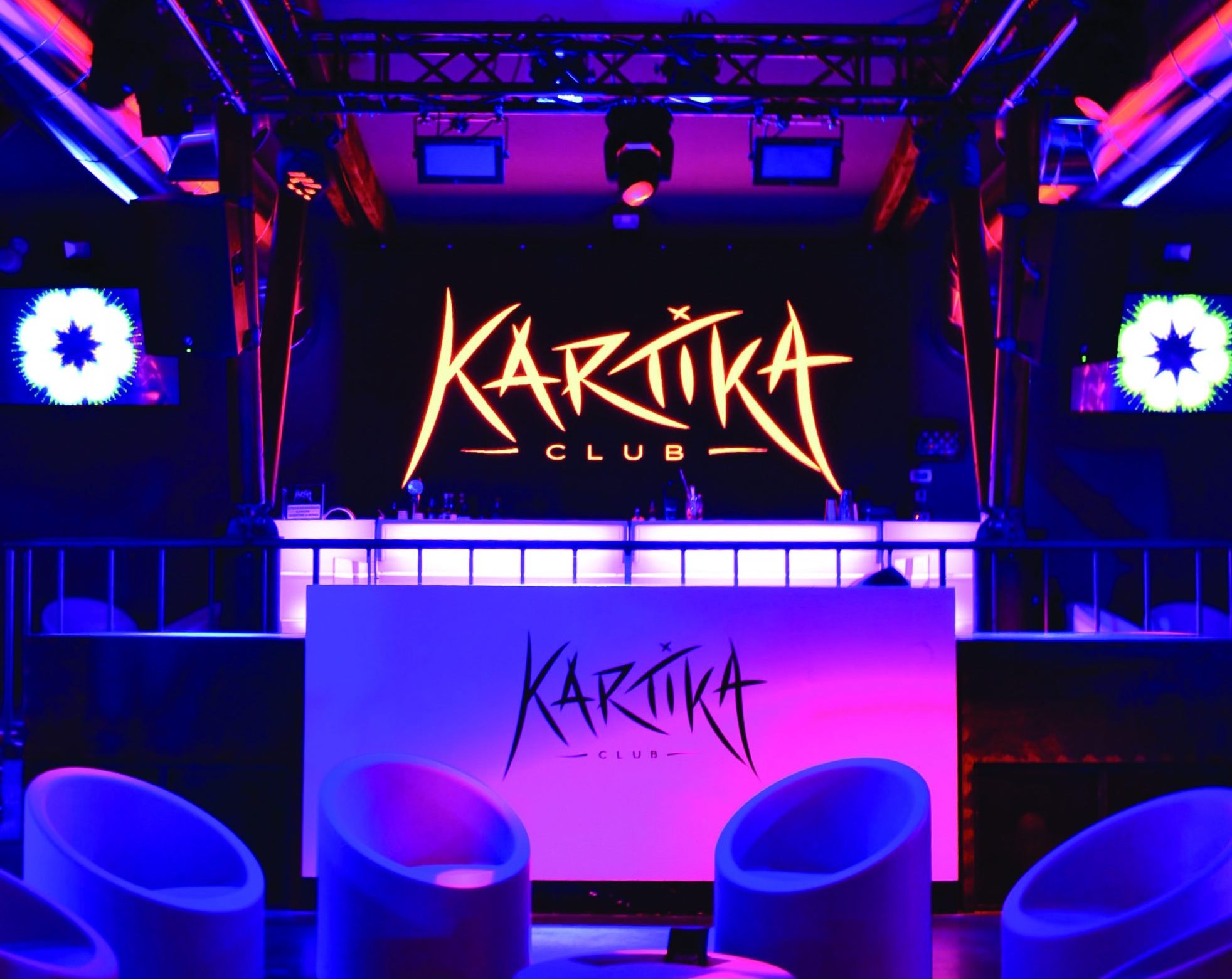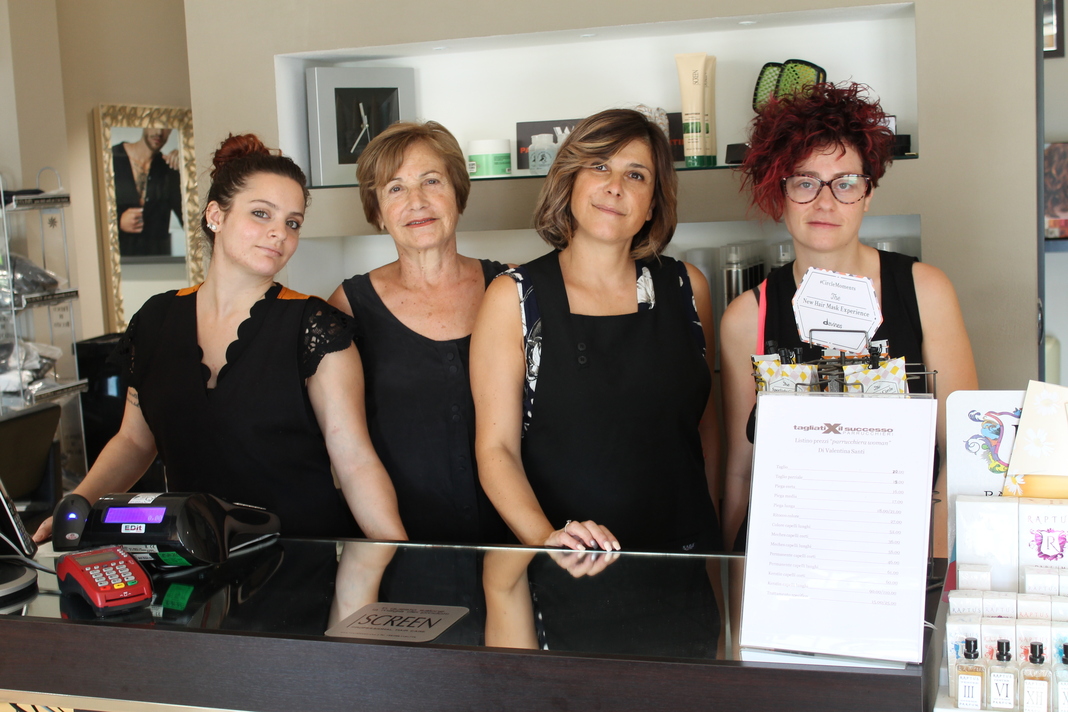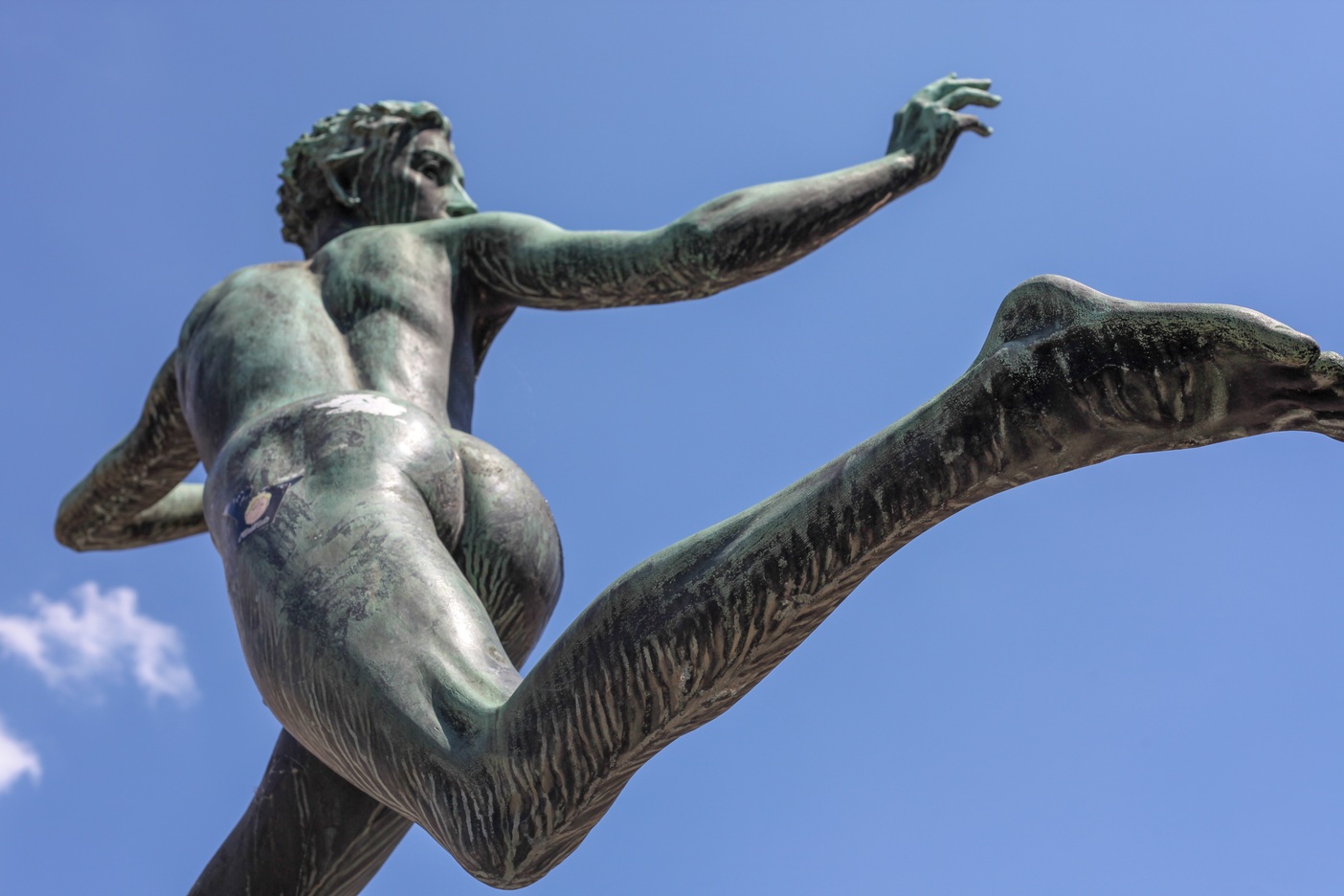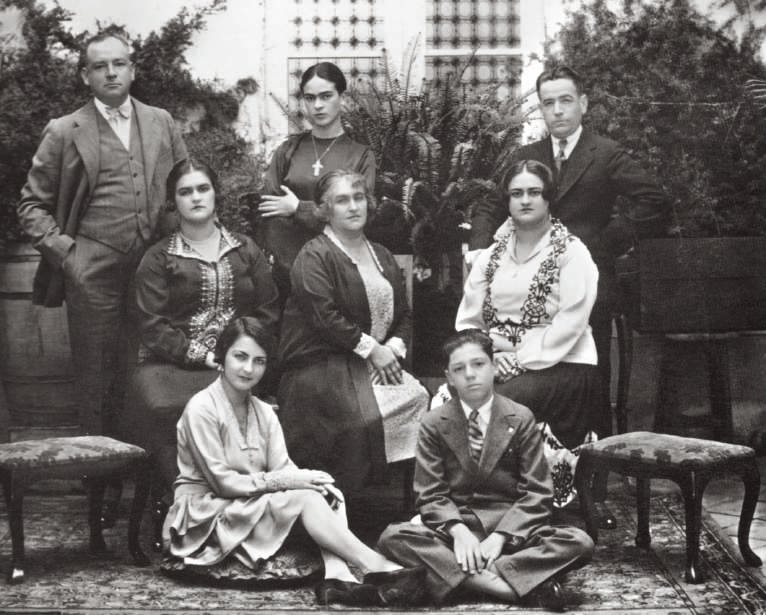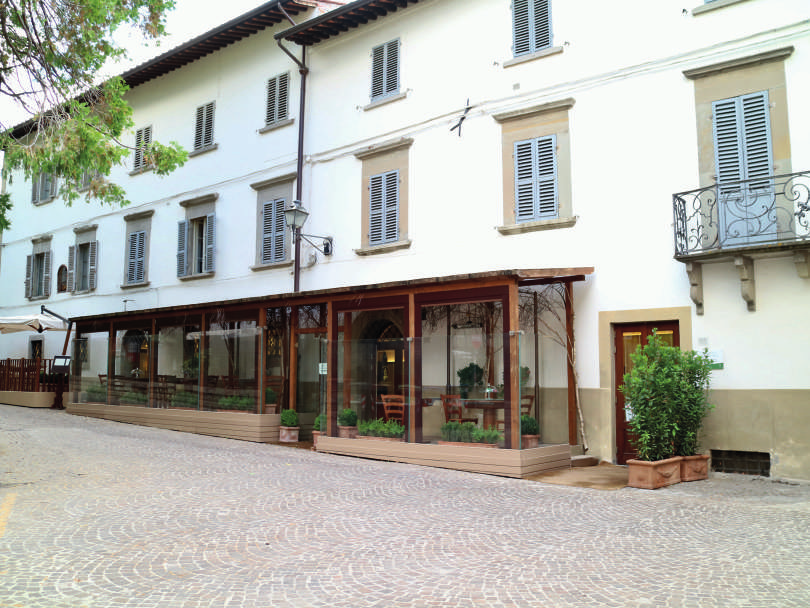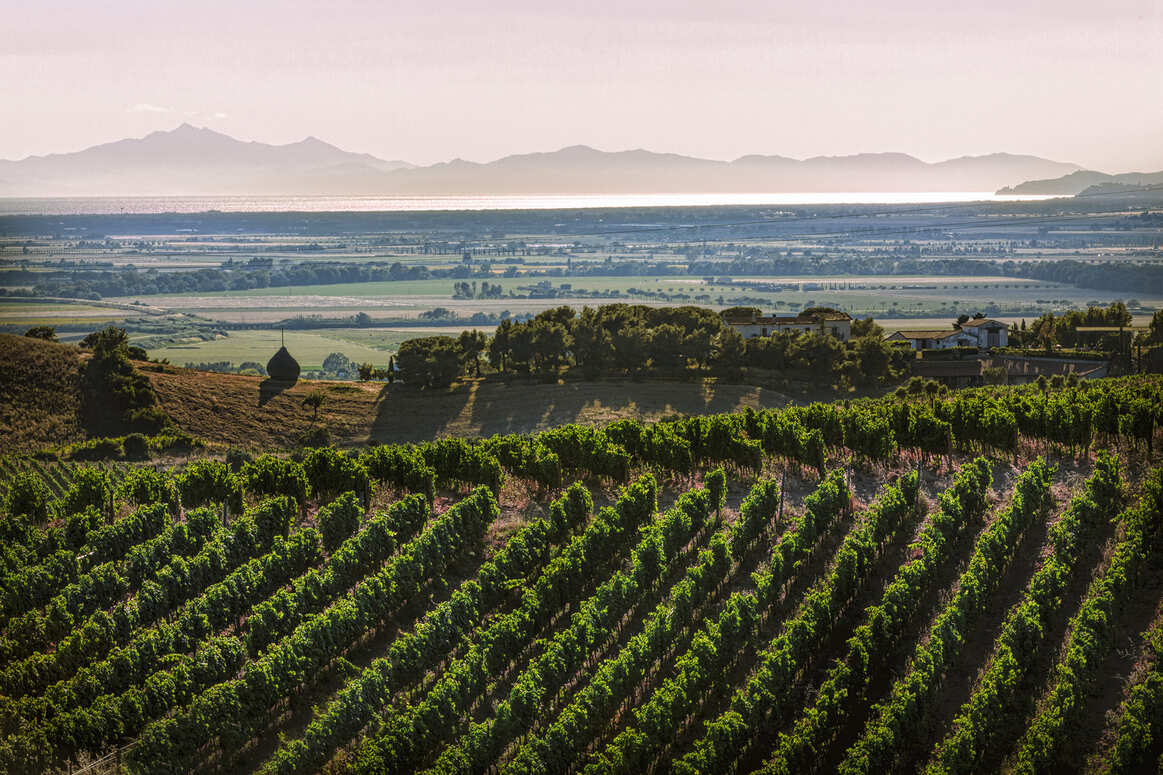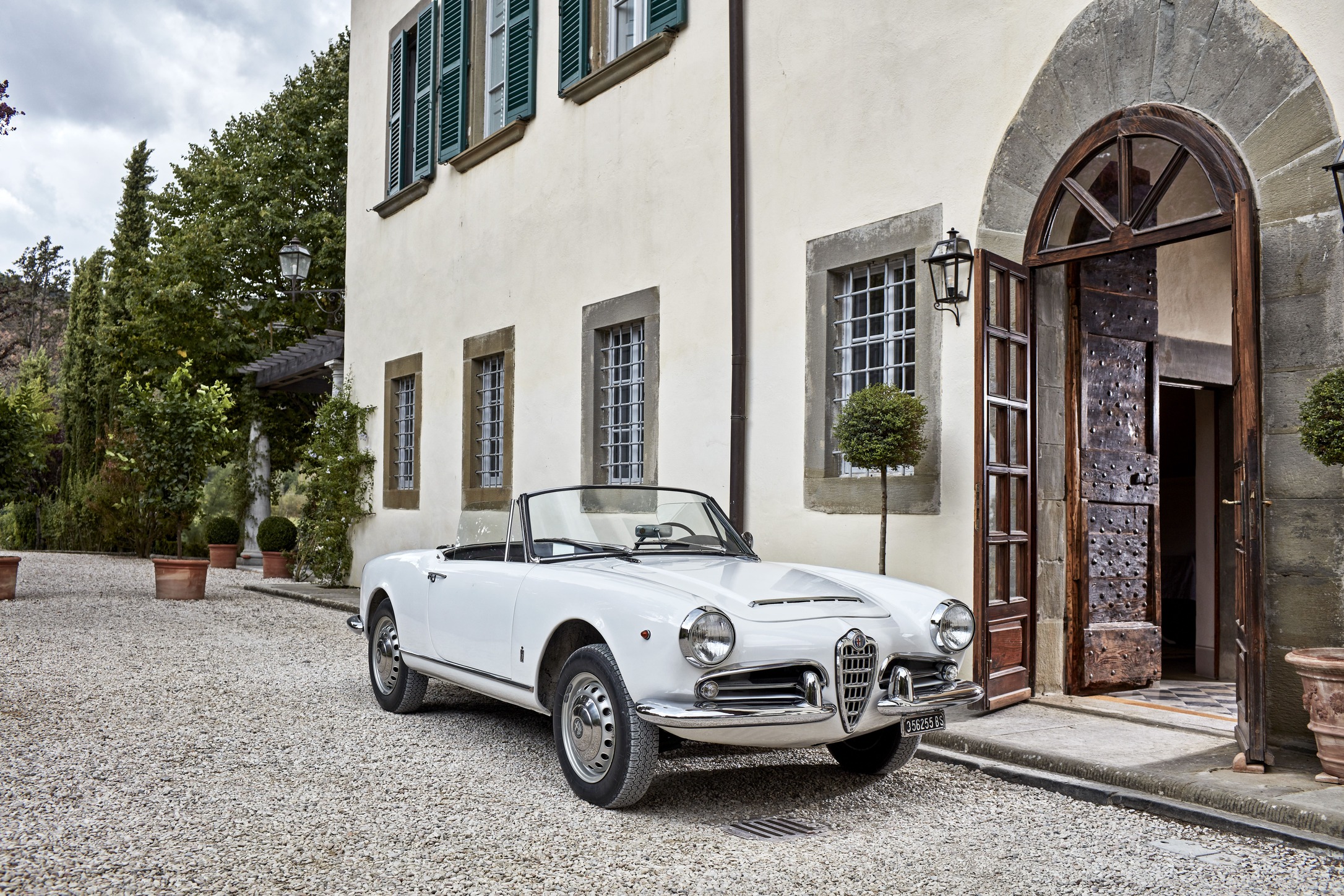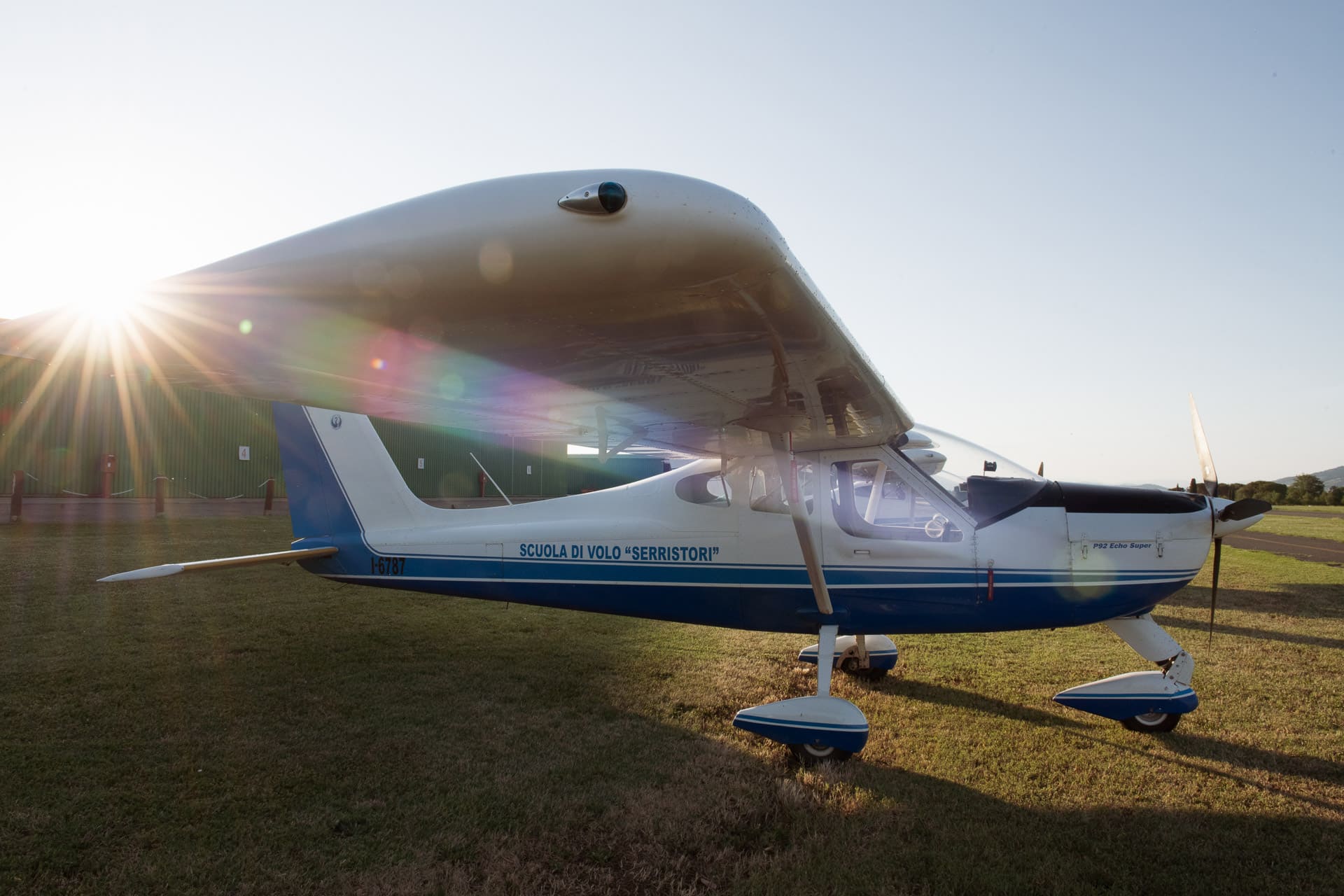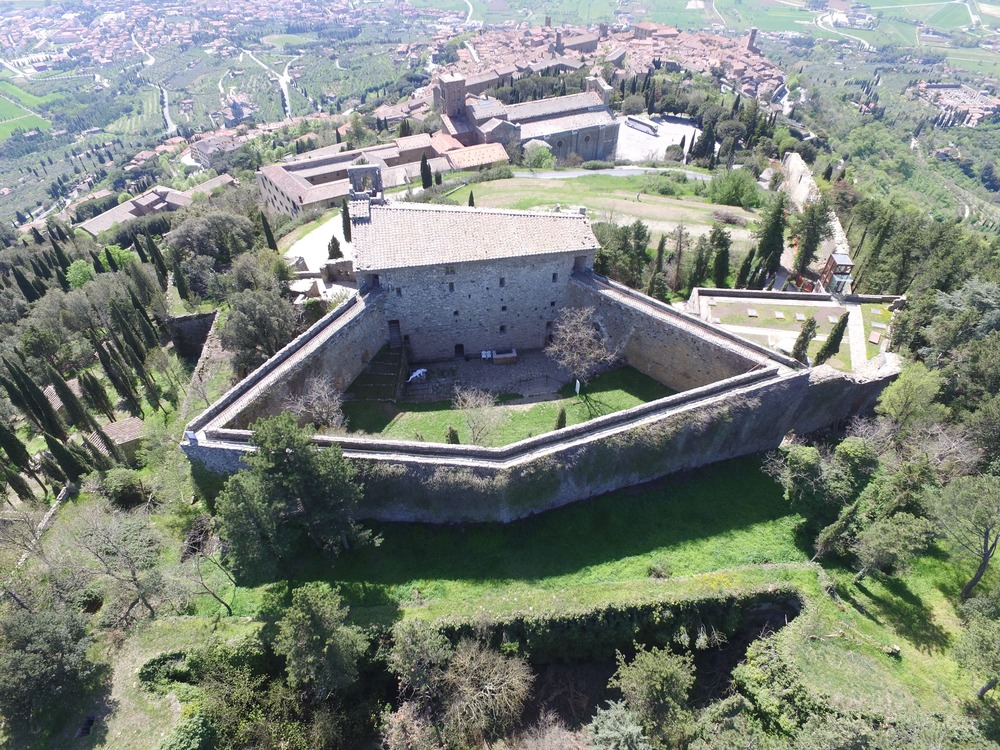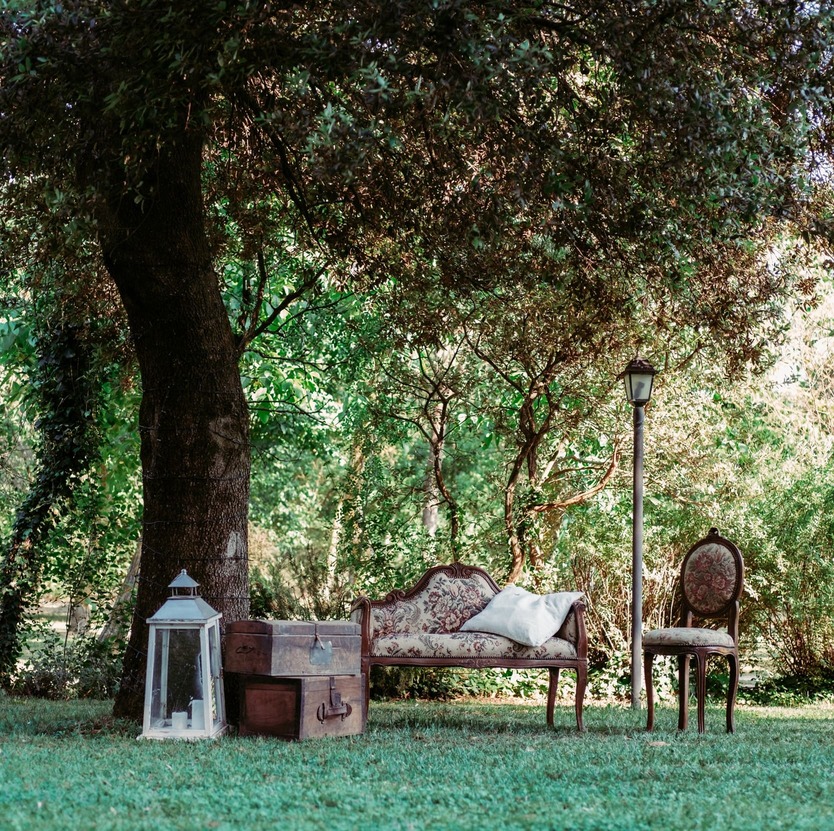Jutta was born in Coblenz in the Rhineland in Germany during the War, and went to study art and design in Dusseldorf. She had always dreamed of leaving Germany to travel, and spent a year abroad studying and working in Rome. When, after 6 years of art school, the possibility to spend a period in South Africa working for a textile company presented itself, the young Jutta jumped at the opportunity.
read more >Tag: Tuscany
Founded in July of 1937 as a cooperative of fourteen local winemakers who banded together to facilitate both the production and the sales of their wines. Vecchia Cantina bottled its first wine in 1940 during the war. After the difficult war years, in the 1950’s and the reorganization of the lands, the Vecchia Cantina acted as a driving force for wine production in the area, a role that they cover to this day with the over 400 member vineyard owners and over a thousand hectares of vineyards producing around seven million bottles of wine annually.
read more >The oldest part of the house, the central tower, goes back to the 15th century, its original incarnation being a watchtower protecting Tuscany’s flank with Papal Umbria. It became a house when two wings to the left and right of the tower were added in 1771 by the Tommasi family, whose coat of arms adorns a large stone set into the wall above the main door.
read more >And if you’re in the mood for meat, this is where you have to have dinner! The meat menu offers a choice of top quality, with types from all over the world, such as Japanese Kobe and Irish Angus. The room has special refrigerators for maturing, thanks to which cuts are subjected to a process of minimum 30 days before being ready for consumption.
read more >“We have always been passionate about clubs — Gaia tells me full of enthusiasm — as soon as I returned from London where I lived for several years (singing in a rock group, ed.) I fell in love with this place, and with the help of my father Paolo, Alessio, and many other really smart guys, we made this dream come true”. And the dream, now a reality, has conquered hundreds of youngsters who meet at the Kartika tables on weekends to get to know each other, joke in company and fall in love.
read more >Soon it’ll be 2022, what are the cuts on offer to keep up with the times? “I take elegance over flamboyance at all costs —Valentina tells me – so I prefer natural tones in strong and bright colours.”
read more >Certainly you are not asked for such a human quality hyperurania – that belongs to a very narrow elite of the world population. For now, only the sense of this quality, or the tension towards it, is required.
read more >The Valle Museo [Valley of the Musems] comes closer. What is meant by this expression? Is it said that it was coined a few good decades ago by the Castello gallery owner Luigi Amedei and then became an effective (if abused) synthesis for interregional tourism and cultural policies between Città di Castello and Sansepolcro.
read more >In this extraordinary “photo album” often painful events in her life pursue one another but she remained always passionate about her life, her loves, friendships and adventures.
read more >The beef is exclusively from the Chianina breed (certified organic) or organic Angus, the pork is exclusively from the Black Pig breed raised in the woods of Aboca (when they say low food miles they mean it!) and it’s certified organic. The prosciutto too is local from the Nebrodi Black Pig, the poultry comes exclusively from organic farms and the other meats and game come only from local farms without the use of GMO feed or from the woods owned by Aboca.
read more >The Tartare del Grigino is justly famous, but also the sliced beef flavoured with different spices and condiments and the superb Bistecca Fiorentina. And, if you start your meal with a classic Antipasto della Valtiberina (a triumph of cold cuts, cheeses and bruschette with local pate) or with the equally classic panzanella, noth[1]ing stops you from opting for a first or second course of fish: from tagliolini al nero di seppia su crema di zafferano up to prawn tartare and fresh swordfish or octopus carpac-cio paired with seasonal vegetables.
read more >Native vines such as Sangiovese, Alicante and Vermentino and international vines such as Cabernet Sauvignon, Cabernet Franc and Syrah, planted at an average altitude from 50 to 180 meters above sea level, facing south-west, rooted in soils with a high presence of ‘skeleton’ – with alberese-type rock and sandstone. It is the breath of the Tyrrhenian Sea that stimulates the magic and complexity of these wines: the Belguardo Tirrenico Maremma Toscana DOC, the Tenuta Belguardo Maremma Toscana DOC, the Belguardo Bronzone Morellino di Scansano Riserva DOCG, the Belguardo Codice V Vermentino Maremma Toscana DOC, the Belguardo Vermentino Vermentino di Toscana IGT and finally the Belguardo Rosè Toscana IGT.
read more >At the end of the Val D’Esse, nestled under the hill separating Tuoro and Lake Trasimeno from the countryside below Cortona sits the tiny hamlet of Piazzano. Just inside the border of Umbria, it is surrounded by farmland, olive terraces and woodland. This ancient area may have gotten its name during the famous battle between the Carthaginian general Hannibal and Roman consul Gaius Flaminius in 217 B.C.E. when it is thought the Roman contingent set up a military camp there with a “piazza d’armi” or a parade ground.
read more >Driving across the flat plain which stretches between Castiglion Fiorentino and Marciano with its fields and sparsely scattered farmhouses, we come across a vast, open stretch of land, eleven hectares in all, home to the Centro Volo Serristori. Here all manner of light aircraft can be seen coming and going, particularly on the weekends – ultralights and small touring planes such as Pipers and Cessna.
read more >There has probably been a fortress on the hilltop overlooking Cortona since the 5th or 6th century BC, when the original Etruscan walls followed a course which roughly corresponds to the existing perimeter walls of today. However the first historical records describing a ‘strong and beautiful fortress’ date back to 1258 AD. Having been plundered and sacked several times during the wars with Arezzo it was sold to the Florentine Republic in 1411, together with the entire city of Cortona, although reconstruction work only began in 1527.
read more >The house and lands of Fontelunga have been in Lucia Catani’s family for more than two centuries, with a part of the house itself dating to 1491. From the moment the Catani family purchased the property at the end of the seventeenth century, “every member of my family was born and grew up here”, says Lucia.
read more >
